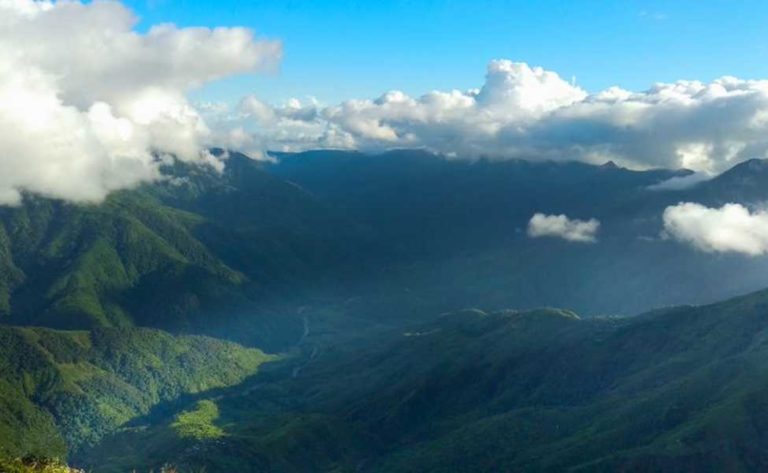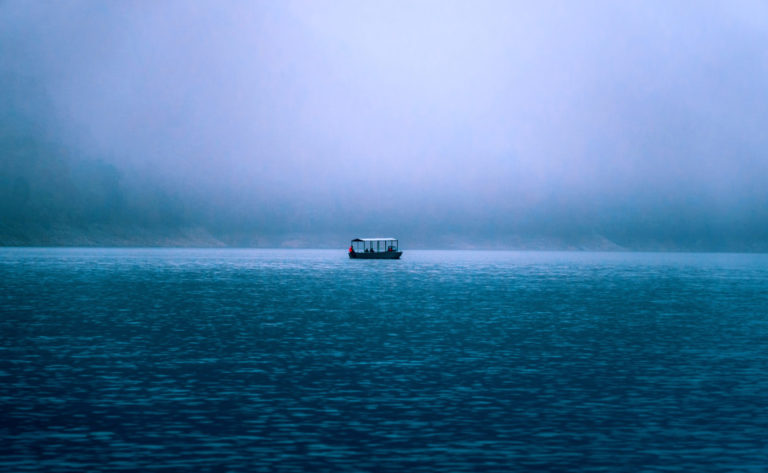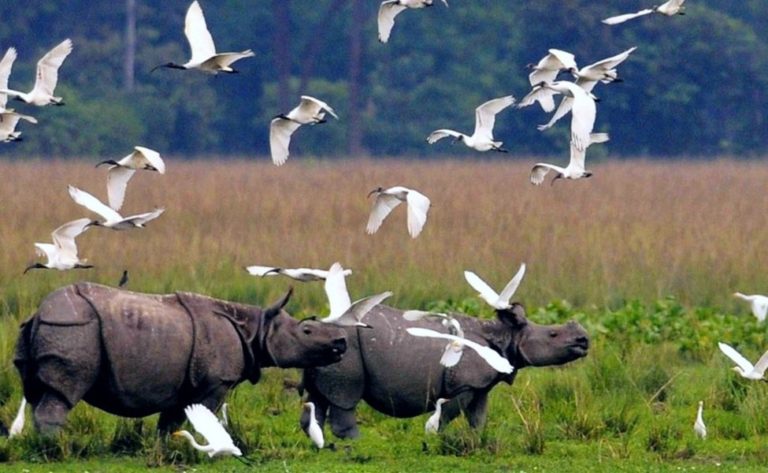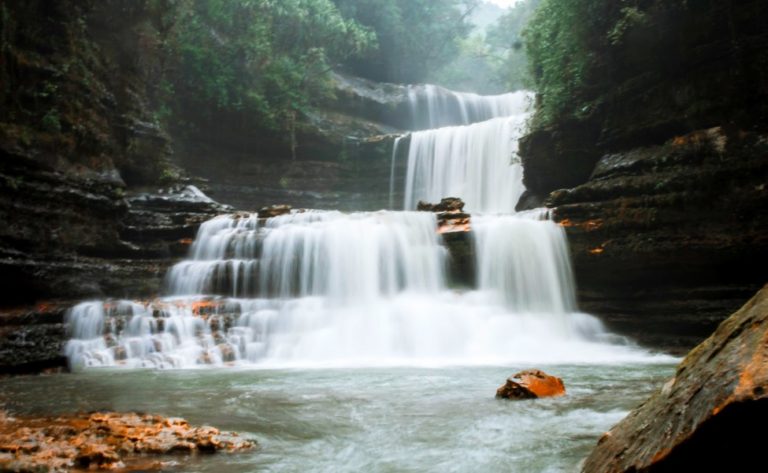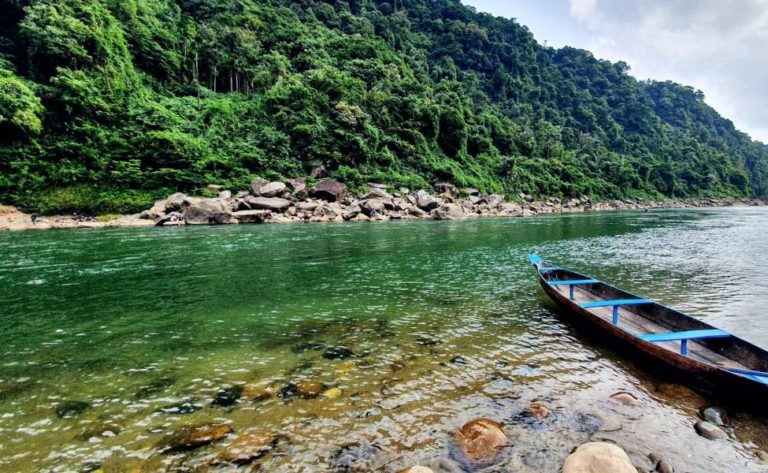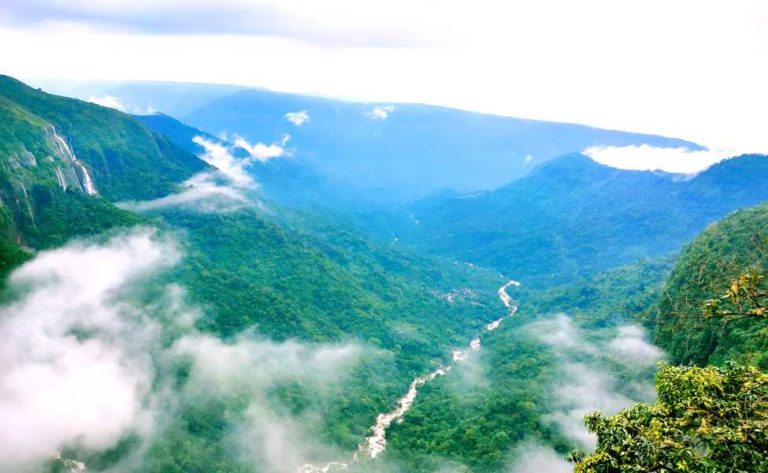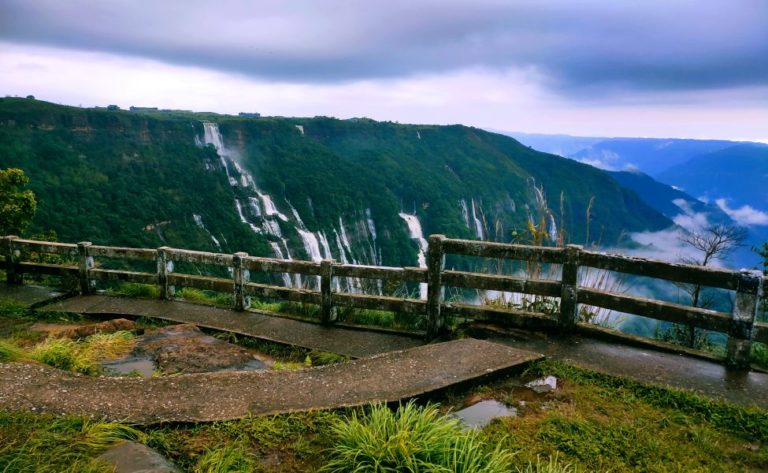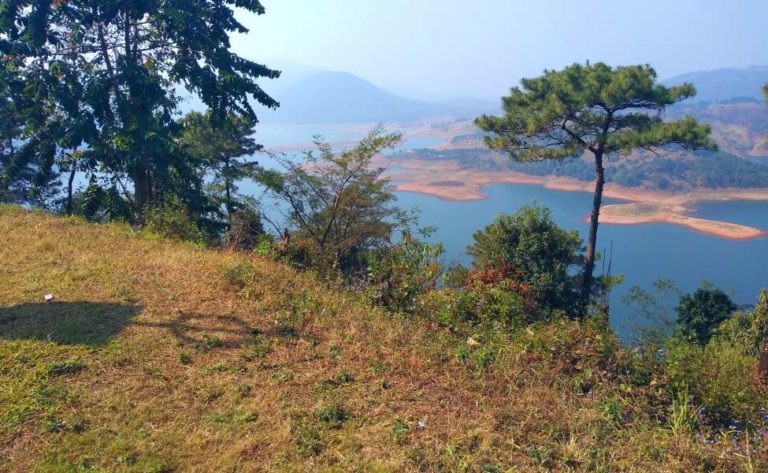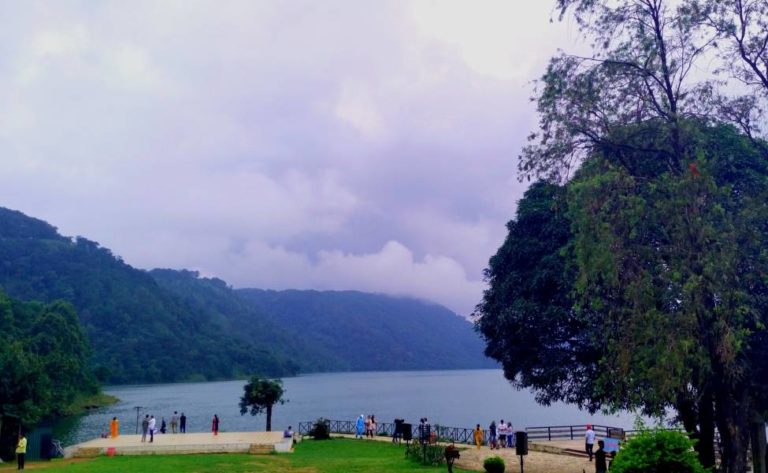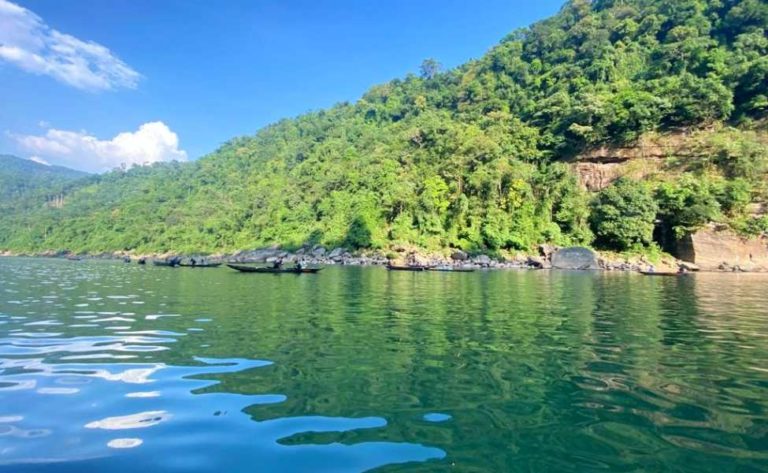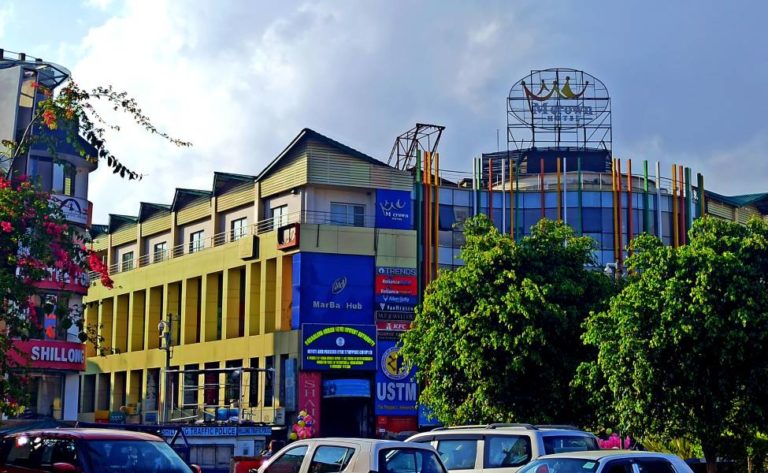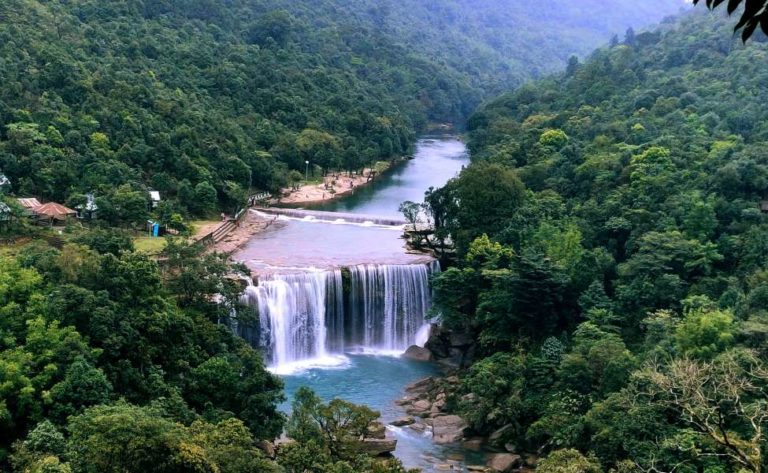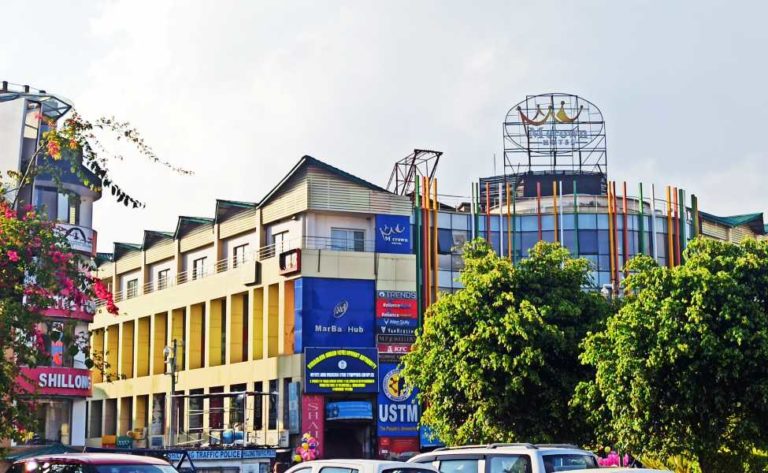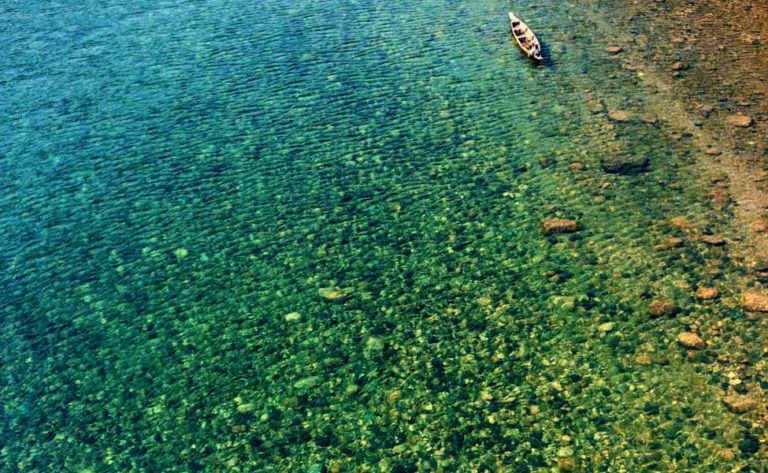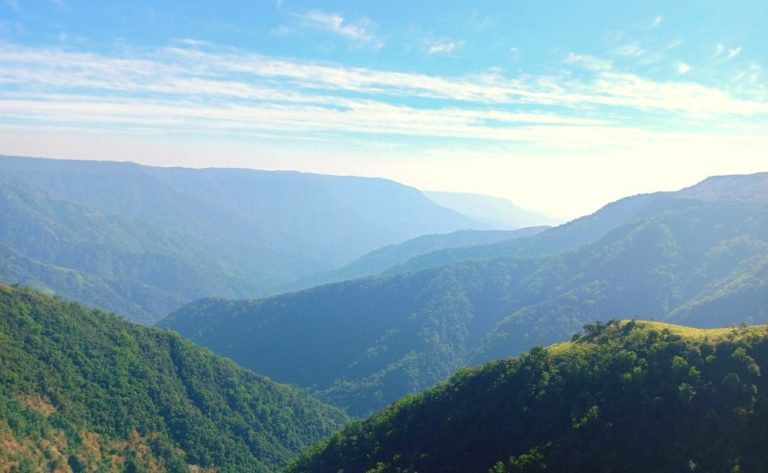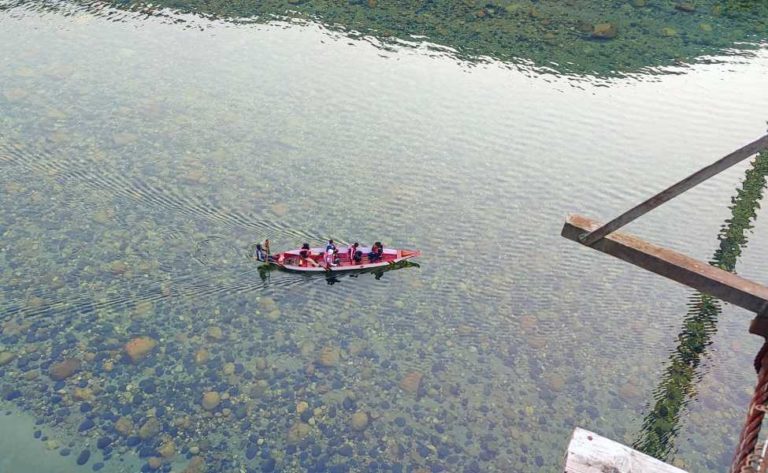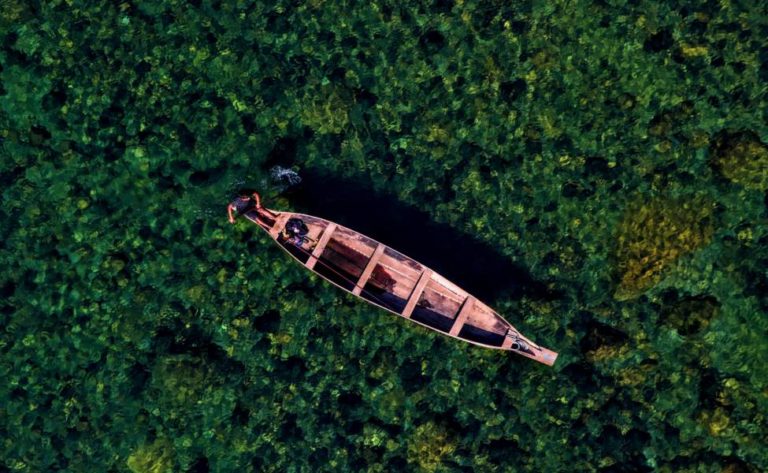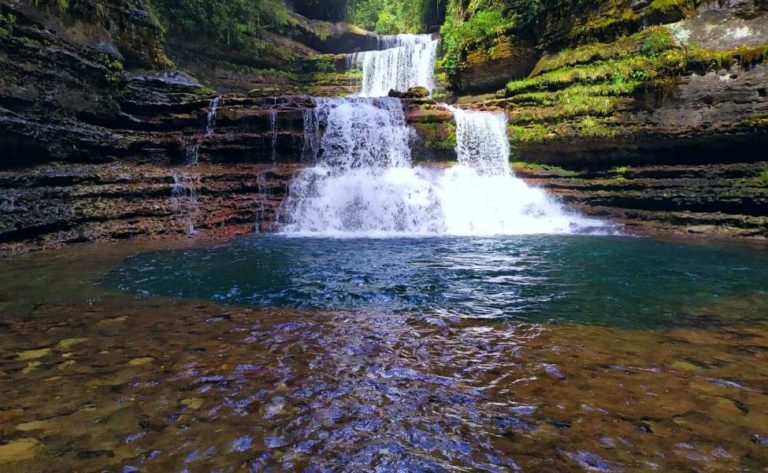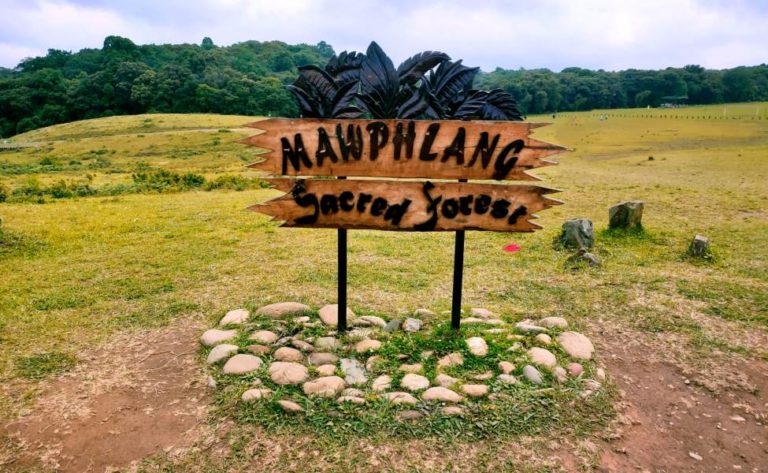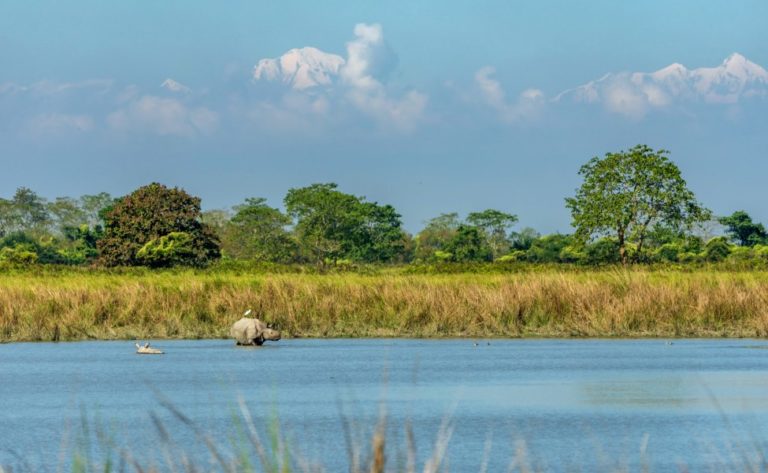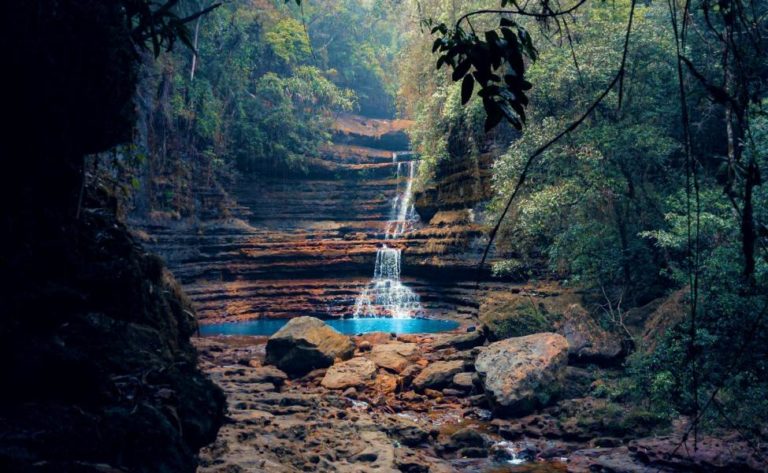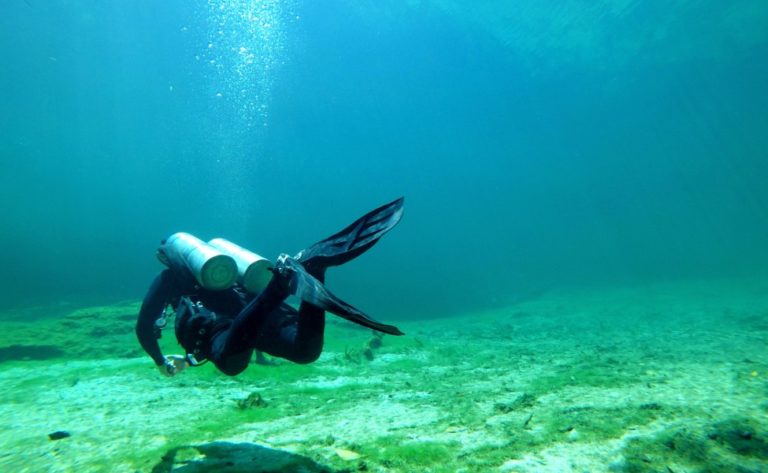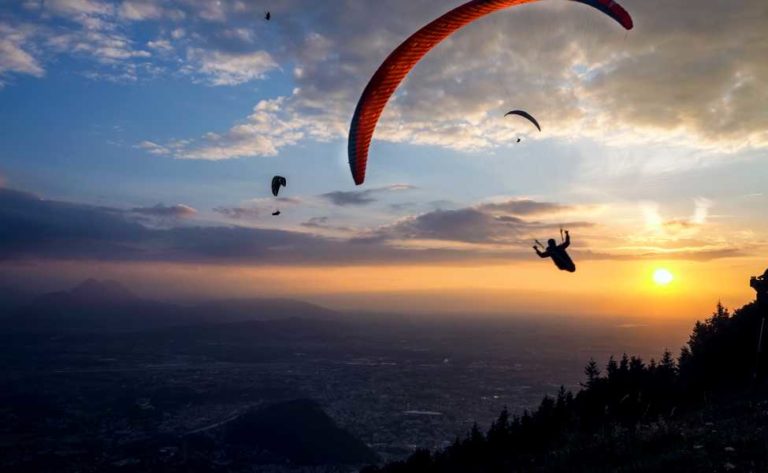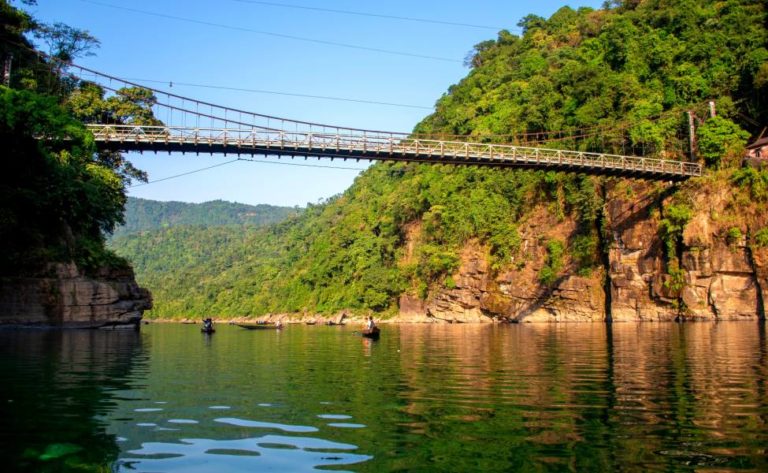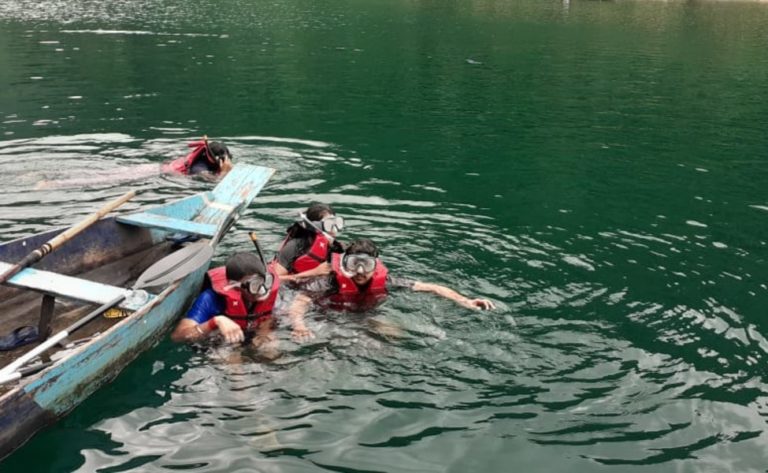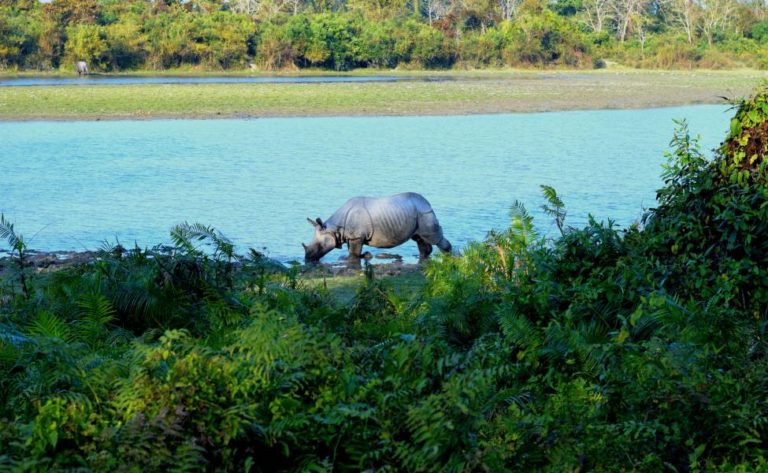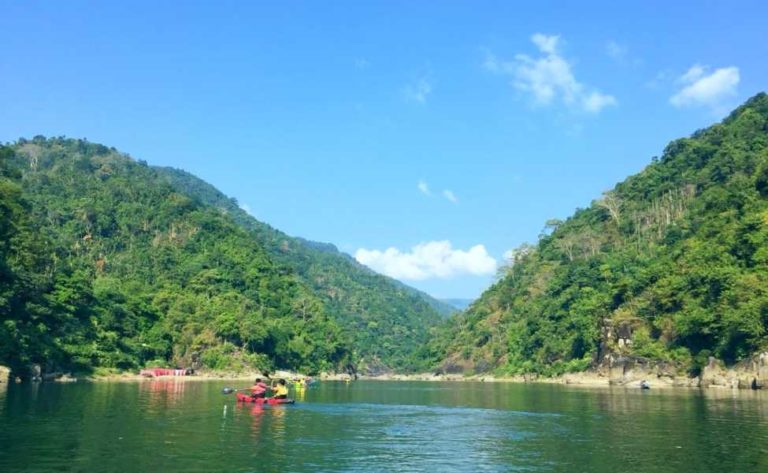
Things to do in Tawang
Things to do in Tawang
Tawang is well known for its breathtaking scenic scenery, which draws and charms tourists. Tawang’s history is a mystery. Tibet used to have authority over Tawang. The McMahon Line, that defined Tibet’s and British India’s shared border in the Assam Himalaya region, was agreed by the 1914 Constituent Assembly. By way of this deal, Tibet gave the British control over numerous hundred square miles of its land, especially Tawang. China refused to recognise the accord. Tsering Shakya claims that the British archives demonstrate how the Tibetans saw the 1914 border agreement as contingent around China ratifying the Simla Conference. The Tibetans considered the MacMahon line to be “null” because the British were incapable of win China’s assent. the Middle Ages, it belonged to the Province of Tibet. It was occasionally ruled by tribal chiefs from the area. In 1873, the British proclaimed this region off-limits. After India attained democracy in 1947, the region around Tawang emerged a point of contention between China and India. In 1962, the Chinese soldier occupied Tawang, but troops soon left. The Monyul Kingdom, which governed the area for more than a thousand years until the sixth century, is considered to be the country’s first occupants. The area is as old as the land itself. The Monpa people of this kingdom eventually embraced Buddhism over the following centuries, and in the 17th century the mesmerising Galden Namgey Lhatse Monastery, which is affiliated with the Gelug classroom of Mahayana Buddhism and translates as “celestial paradise in a clear night,” was constructed in the town of Tawang at the request of His Holiness the 5th Dalai Lama, Ngawang Lobsang Gyatso. Since then, the area’s landscape has shone even more brilliantly as a hub for in-depth Buddhist research and rich cultural traditions.
Travel Guides
Things to do in Tawang
Tawang Monastery
The Tawang Monastery is located about two kilometres from the township. The Tawang Ganden Namgyal Lhatse Monastery, which translates to “the heavenly bodies paradise of divine site selected by the horse,” is the second-largest and oldest in all of Asia. It was established in 1680–1681 by Merag Lodroe Gyamtso. He received an artwork of the goddess Palden Lhamo from the Dalai Lama to hang in the monastery. The sanctum is dominated by the 8 m tall gliding statue of Lord Buddha. A stirring image is created by the enormous whirling prayer wheels, valuable thangkas, the droning of the monks as they chant, and the flashing butter lamps. The Tawang Monastery houses a residence for the monks, as well as a library, a gallery, and a primary school. An magnificent rufous Tawang monastery, standing on a mountain and commanding it all around and beneath it, was formerly a massive and fortified structure strategically located where the caravan paths from Tibet, Bhutan, and West Kameng intersected. The location is particularly well-known for the rTa nag mandal sgang legendary about King Kalawangpo with Khandro Drowa Zangmo from the seventh century A.D. Tawang is a stunning region with lovely scenery, expansive hills, tranquil lakes, calm settlements, and enchanting gompas. Between them all, the Tawang Monastery stands out as the standout monastery. The most well-known monastery in Arunachal Pradesh is this one. The Gaden Namgyal Lhatse, another name for Tawang Monastery, is located on a sharp hilltop at a height of roughly 10,000 feet. Merak Lama Lodre Gyamtso founded the well-known Tawang Monastery, which is a well-liked tourist destination. It provides an impressive and beautiful view of the Tawang – Chu valley. Without a fact, the monastery seems like a fort from a distance, sparkling with splendour like a little country. The foremost monastery in the globe, after Borobudur in Indonesia, is Tawang Monastery in Arunachal Pradesh. Tawang Monastery, known as the biggest monastery in India, is among the most amazing destinations to see in Tawang. Tawang Monastery, also known as Galden Namgyal Lhatse, is amongst the most revered locations for Mahayana Buddhism. Tawang Monastery, which is a part of the Gelugpa branch of Buddhism, is the location of 17 gompas and is residence to more than 300 monks. Tawang Monastery, known for its 16th-century craftsmanship, provides a tranquil perspective of the Himalayan region. Drawings and paintings of Bodhisattvas, a silver silk casket devoted to the divinity Shri Devi, and a variety of other pieces of art are some of the well-known attractions at Tawang Monastery. Throughout the Losar festival is the best time to visit Tawang Monastery.
Taktsang Gompa
Taktsang Gompa is a well-known monastery in Tawang and is thought to be the location where Guru Padmasambhava worshipped in the eighth century. 50 kilometres from Tawang is where you’ll find Taktsang Gompa, which has a gorgeous setting with tall hills and dense hemlock. For photographers in Tawang, the location is a great treat because of its captivating background. The location’s exquisite surrounds enhance the spiritual retreat and provide a tranquil escape from the congestion of cities. The well-known tourist destination promises to be an alluring getaway where you may appreciate the natural features and bring back some alluring recollections. Taktsang Gompa, translated literally as “Tiger’s Den,” is situated on top of a mound and next to a cliff at an elevation of roughly 12,500 to 13,000 feet. At an elevation of 12,500 to 13,000 feet, Taktsang Gompa, commonly referred to as Tiger’s Den, is situated in the Tawang District of Arunachal Pradesh. One of Tawang’s most well-known journeys was established here when Guru Padmasambhava paid a visit in the eighth century. Tradition has it that Guru Padmasambhava spent some time here in a cave meditating. A well-liked tourist destination is Sangest Lake, which is close to the gompa. Due to the fact that Madhuri Dixit once recorded a song here, it is also known as Madhuri Lake. You will feel lousy in the knees when you first see this gompa. The wind blowing and your breathing are the only sounds you will hear because it is so quiet, beautiful, and calm. It became one of Tawang’s most prominent holy sites in the eighth century when Guru Padmasambhava paid a visit. Legends has it that the guru spent some time here in a cave practising meditation. You need to bring warm clothing with you because it is located at a high elevation. The monastery is still crowded with believers despite being eloped in a dense pine forest and mountainous areas. It would be a crime to visit Taktsang Gompa without bringing your camera; it’s not only a religious treat, but it’s also a beautiful one. Tawang, a well-known site in Arunachal Pradesh, is about 40 kilometres from Taktsang Gompa; it takes two hours to drive there. Drive on Bumla mountain if you are going in your own car. Turn forward towards the Sangetsar Lake at the Y intersection. Taktsang Gompa is a 15-minute hike away from Sangetsar Lake.
Gorichen Peak
Every year, hundreds of people visiting Arunachal Pradesh because of its undeniable attractiveness. It genuinely is a land of limitless travel choices, with a pristine scenery, unexplored species, appealing lakes, charming peaks, and thrilling mountain passes. The possibility to integrate trekking and rock climbing with travel, which is a very uncommon conjunction to find in the rankings of treks in India, is what draws many ardent trekkers to this location, not just the travel prospects. In reality, many hikers have long harboured dreams of having an adventure in Tawang that includes camping, hiking, and rock climbing. If the Gorichen Mountain climb in Tawang is calling to you, you must go on the climb between the months of April and June or September and October. You must keep in mind, too, that climbing the Gorichen is very distinct than hiking to it. It is an excellent idea to trek to Chokersam, the staging area of Gorichen, if you are only an experienced mountaineer with mountain climbing knowledge. Here is a Gorichen Peak (Tawang) Guide to help you make the most of your walk to see Gorichen’s mountain and take in the scenery. The tallest peak in Arunachal Pradesh, at 6858 metres, is located 164 kilometres from Tawang township in Tawang District, close to the frontier with China. Trekking to Chokersam (14,700 feet) base camp can provide a breathtaking perspective of the Gorichen Peak for hikers. As a rugged and icy summit reputed to test even the finest hikers, the Gorichen Peak should only be attempted by experienced climbers. This is one of Tawang’s best tourist despite being a dangerous trek. While the majority of visitors to Arunachal Pradesh can see the mountain while travelling from Bomdila to Tawang, for experienced hikers, a trip to Arunachal Pradesh wouldn’t be perfect without some challenging trekking and rock climbing on the way to the summit. Along with the captivating mountain and its surrounds, the Monpa tribe, who live in the villages is along walking route, is also visible. As a rugged and icy summit known to test even the finest mountaineers, the Gorichen Peak should only be attempted by experienced climbers. This is one of Tawang’s key attractions despite being a dangerous trek.
MADHURI LAKE
Without a question, the Sangester or Sangestar Tso Lake, also called as the Madhuri Lake, is Arunachal Pradesh’s biggest draw. In the hilly region of Arunachal Pradesh, there are several lake, but this one occupies a unique position. The Sangestar Tso Lake is undoubtedly the most recent natural miracle that Mother Earth has bestowed upon the frontier district of Tawang in the eastern bordering state of the Indian subcontinent, Arunachal Pradesh. Until fairly recently, the area was a prairie or meadow. This lake was created over night during the earthquake of 1971, roughly 40 KM away from Tawang, the biggest settlement in the area. The Sangestar Tso Lake is undoubtedly stunning. The Sangestar Tso Lake’s scenic value genuinely soars off the charts because it is nestled deep into the cradle of the lofty, frost Himalayan Mountains and cradled by the topography’s gorgeously picturesque valley. Sangestar Tso Lake is another well-known filming location. It is safe to conclude that Koyla, a Bollywood film from the 1990s, is responsible for its fame. The actress Madhuri Dixit played a prominent role in the film, and as a result, the Sangestar Tso Lake’s name gained notoriety as the Madhuri Lake. The view of the entire country from a higher vantage point in the mountains is truly breathtaking, and the charming Sangestar Tso Lake is particularly enticing. About 42 kilometres (KM) from the town of Tawang, the Madhuri Lake is easily reachable by road. Taxi companies are widely available for tourists. Mountain hiking and shooting are the main forms of tourism at Sangestar Tso Lake. The 1973 earthquake had an impact on the formation of this lake. Zemithang is the starting point of the 52-turn road that leads to the lake. There seem to be dead trees in the center of the lake, giving it a distinctive appearance. The Sangetsar Lake freezes over throughout the winter, and the orange-blue colour and blazing sun on the ice sheet make the lake rather beautiful to look at. The distance to Tawang, the closest town, is roughly 30 kilometres. The lake is located 3,708 metres above sea level. To get to this lake, visitors can rent cars in Tawang. Near the lake, there is a tiny parking lot with a snack stand. Although it was formerly known as Madhuri Lake, this lake’s native name is Sangetsar Lake. You might be wondering how. Furthermore, the location of the lake was used to film a song for the Hindi movie Koyla, starring Shah Rukh Khan and Madhuri Dixit, in the 1990s. The lake and the song both gained notoriety, and soon Madhuri Lake was given to both. This place’s moniker is a guaranteed crowd-pleaser, and many Bollywood fans have come here to take in its alluring splendor. The lake access road is not entirely clean. Its route includes 50 or more hairpin curves as well as tiny, unsecured gravel lanes. To visit this lake, one must obtain a special permission from the District Commissioner’s (DC) office in Tawang. There are strict restrictions on who can visit the lake location. Sangetsar Lake may be reached by car in two to three and a half hours from Tawang. On the way, travellers can gaze over the snow-covered mountains, glacial, and water features. The trip is aesthetically stimulating on its own.
SELA PASS
In the Indian state of Arunachal Pradesh, on the boundary between the Tawang and West Kameng regions, lies a mountainous pass known as the Sela Pass (more aptly known as Se La because La means Pass). It joins the Indian Buddhist hamlet of Tawang to Dirang and Guwahati at a height of 4170 m (13,700 ft). The pass connects Tawang with the remaining portion of India via National Highway 13 (formerly known as NH 229). The pass has very little vegetation and is typically partially buried in snow all year long. One of the about 101 lakes in the region that are revered in Tibetan Buddhism is Sela Lake, which is close to the pass’s peak. Even though Sela Route experiences considerable winter snowstorm, it is often open all year long unless collapses or snowstorms necessitate a temporary closure of the pass. Tawang Region is separated from the rest of India by a subrange of the Himalayas that is traversed by Sela Pass. [ The pass is about 340 kilometres (78 kilometres) from Guwahati and 4170 metres (13,700 feet) from Tawang town. The Indian Border Roads Organization (BRO) works to maintain the pass open all year round, but it may close briefly after landslides and during periods of intense snowfall. Sela Pass does not have very chilly summers, but its winters can reach -10 degrees Celsius. [5] At an elevation of 4,160 metres, Sela Lake is a sizable lake situated on the north side of the route (13,650 ft). The financing for the building of the all-weather road and transport tunnel Sela Tunnel was confirmed by the Indian government in the 2018–19 budget. [7] Work on the project began in January 2019. [8] [9] Two tunnels (980 and 1,555 metres in length, respectively) and a connection road are part of the plan (1,200 metres long). The Bhalukpong-Tawang railway, which will put Tawang on the rail line map, is a key strategic railway project that the Indian Railway has conducted. The project survey work is scheduled for completion by December 2022, and it will also transmit through this area. A holy place in Tibetan Buddhism is Sela Pass. Around 101 holy lakes are thought to exist within and approximately the pass, according to Buddhists. The Sela Pass was one of the places that experienced a lot of fighting during the Sino-Indian War in 1962. The Indian position was evacuated as the Chinese PLA invaded the southern portion of the slope via various methods. Jaswant Singh Rawat, an Indian Army sepoy, is credited for holding off the Chinese for 72 hours while fighting counteroffensive at the pass. He received the Maha Vir Chakra posthumously in recognition of his valour and commitment to service.
BUM LA PASS
The Bum La Pass, which is located 5,000 meters high, follows the border between China and India. Arunachal Pradesh’s most well-known sight is a must-see, but only with permission from the Indian army cantonment and the Office of the Deputy Commissioner in Tawang Area. The area immediately exudes a sense of nationalism, particularly after observing soldiers protecting the border in such tense weather circumstances. Additionally, the Dalai Lama reached India via this region. Arunachal Pradesh entry requirements include obtaining an Inner Line Permission (ILP), being aware of road conditions, being aware of network connectivity, choosing tasty food, lodging alternatives, and transit vehicles, as well as a specific permission for Bumla Pass. The Bum La Pass, which separates China and India at a height of 5,000 metres, serves as the boundary. The location is a must-see in Arunachal Pradesh but only if you obtain a special authorization from the Office of the Deputy Commissioner in Tawang Agency and the Tawang Indian Army Military camp. The area immediately inspires feelings of patriotism, particularly after observing soldiers guarding the border in such tense weather. Additionally, the Dalai Lama reached India over this pass. Bumla Pass can only be accessed with authorization. You must go to the Tawang District Deputy Commissioner’s Office and the Indian Army Military barracks in order to obtain the licences. You won’t be able to pass through any of the several checkpoints along the route if there is an army stamping. It would be wise to travel to Bumla Pass on a clear day with no chance of snowstorm or rain and to hire an SUV because the hike there is dangerous. Bumla Pass is unique in Indian history because it has seen a number of noteworthy occasions.
JASWANT GARH
The Jaswantgarh War Memorial, which is at Nuranang, about 25 kilometres from Tawang, would make a nice pit stop on the way there. This battle memorial honours the valour of the comrade Indian soldiers of the 1962 Indo-China War and is situated in picturesque landscape just beneath the Sela pass. This battle memorial honours rifleman Jaswant Singh Rawat, a member of the 4th Battalion of the Garhwal Rifles Infantry Brigade and a recipient of the Mahavir Chakra Award (Posthumous). During the 1962 India-China war, Jaswant displayed bravery by fighting and repelling the invading Chinese by himself for 72 hours. He then stayed at his post at a height of about 10,000 feet until he was killed by an enemy bullet. In honour of his bravery and heroism, Jaswant Garh has been given the name of the position he held while repelling the Chinese troops. In Arunachal Pradesh, Jaswant Garh is a well-known tourist destination that receives a lot of year-round traffic. Renowned as the Jaswantgarh War Memorial, Jaswant Garh was built as a tribute to the late Jaswant Singh Rawat. Jaswant Rawat was a member of the 4 Garhwal Rifles in India, and in recognition of his gallantry, a memorial was erected at the site where he engaged the Chinese forces. Jaswant Garh is currently thronged with tourists from several states. Arunachal Pradesh’s main tourism destination is this place. In the Nuranang region, Jaswant Garh is situated around 25 kilometres from Tawang. An intriguing component of this must-see location is that it has a monastery structure that is dot-dotted with the camouflage uniform all over the memorial. It is located at an elevation of about 10,000 feet. The Garhwal Rifles are currently all stationed in the Indian western borders, but an unusual detail about such a memorial is that you can see at least a few staff members here, looking after Jaswant Garh (Rawat). By merely visiting the destination and nibbling on a variety of quick items to keep you warm during chilly weather, you can turn it into a day trip. To rehydrate visitors, this well-known tourist attraction offers tea or coffee and mouthwatering samosas and pakoras.
NURANANG WATERFALL
Nuranang Falls, a hidden gem in Tawang, emanates from Sela Pass and is a lovely site to explore. It is situated in dense vegetation at an altitude of 6000 feet above water levels so you can take in the natural splendor. The 100-meter-high Nuranang Falls, sometimes referred to as Bong Bong Falls, are situated in the Tawang region of Arunachal Pradesh, India. Despite is among the most magnificent waterfalls in this region of the country, few tourists are aware of it. It is also referred as the Jang Falls and is located about 2 kilometres from the village of jang on the road that connects Tawang and Bomdila. The base is next to a small hydroelectric plant that produces power for local usage. The northern Sela Pass slopes are where the Nuranang River begins to flow. It empties into the Tawang river immediately below the cascade. A well-known urban legend holds that the Nuranang River and Nuranang Falls were named for a native Monpa girl nicknamed Nura who had aided Rifleman Jaswant Singh Rawat, recipient of the Maha Vir Chakra (posthumous) during the Sino-Indian War of 1962, before being captured by the Chinese. Jaswant’s heroic actions actually took place in less heroic conditions, and no woman would fit in there. The name Nuranang might have been given long before 1962. One of Arunachal Pradesh’s top tourist destinations is the Jung Water Falls. The riches of the powerful Himalayas are a blessing for the eastern edge state of the Indian subcontinent. The majority of Arunachal Pradesh’s natural beauty and attractions have developed as a result of the state’s hilly geography, which is situated on the country’s eastern border. Numerous names, including Bong Bong Falls, Jang Falls, and Nuranang Falls, are used to refer to the Jung Water Falls. However, the name of the waterfall was largely influenced by the identity of the nearby town that is close to the Jung Water Falls.
Frequently Asked Questions on Things to do in Tawang
The summer months from March to June are the finest for organising a trip to Tawang. During this time, the temperature is still comfortable, allowing you to go sightseeing.
Yes, Indian travellers must submit an Inner Line Permit (ILP) application through the official website in order to visit Tawang. They must upload their ID proof, photo, and other crucial information for this.
Yes, one of the safest areas to travel during Covid is Tawang. Make sure to follow all the legal safety regulations set forth by the government. Wear a mask whenever you are in public or among people, and keep your distance from them.
The largest Buddhist monastery in India is located at Tawang. With its vivid yellow roof, the 400-year-old monastery stands out in the snow-covered landscape. It is one of the top tourist destinations in India because of additional locations like Sela Pass, Shonga Tser Lake, Nuranang Falls, and Tawang War Memorial.
Tawang has a chilly climate because it endures the winter season from January to Match. The temperature is around 8 degrees Celsius during the day and lowers to -10 degrees Celsius at night.

